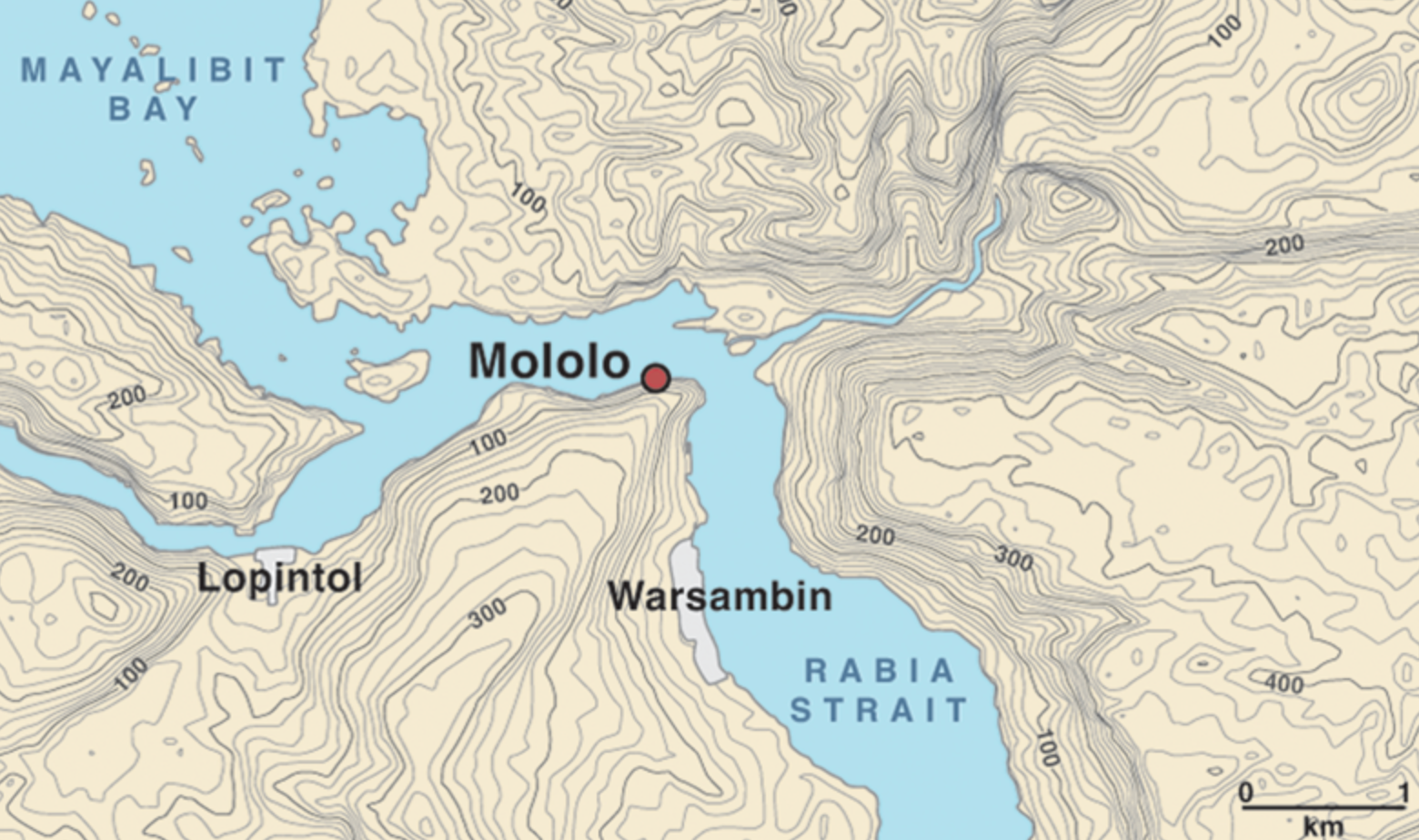Fossils reveal first direct clues to daring migration across seas by early humans
Findings add to understanding of adaptability of early seafaring humans, scientists say
Your support helps us to tell the story
From reproductive rights to climate change to Big Tech, The Independent is on the ground when the story is developing. Whether it's investigating the financials of Elon Musk's pro-Trump PAC or producing our latest documentary, 'The A Word', which shines a light on the American women fighting for reproductive rights, we know how important it is to parse out the facts from the messaging.
At such a critical moment in US history, we need reporters on the ground. Your donation allows us to keep sending journalists to speak to both sides of the story.
The Independent is trusted by Americans across the entire political spectrum. And unlike many other quality news outlets, we choose not to lock Americans out of our reporting and analysis with paywalls. We believe quality journalism should be available to everyone, paid for by those who can afford it.
Your support makes all the difference.Archaeologists have found the earliest evidence of humans arriving in the Pacific over 50,000 years ago, shedding more light on one of the harshest migrations across seas undertaken by our ancestors.
A tree resin artefact uncovered at a cave on an Indonesian island has helped uncover when and how Homo sapien ancestors migrated to these islands, the routes they took, and the challenges they adapted to in the new environment.
The international team of scientists, including those from New Zealand, West Papua, and Indonesia, suspect that the resin, the earliest of its kind found outside Africa, was used to build fires, construct boats, or make stone tools.
Research indicates the resin’s use involved a careful multi-step process with a tree bark cut to let the substance drip first and harden after which it was crafted to shape.
The findings, according to the study, published in the journal Antiquity, add to our growing understanding of the adaptability of early seafaring humans who made daring crossings from Asia to the Pacific Islands to live in rainforests.
“This is an important example of human adaptation and flexibility in challenging conditions,” study co-authors Dylan Gaffney and Daud Aris Tanudirjo wrote in The Conversation.

While archaeologists have known previously that these early mariners are the common ancestors of native people currently living in the Pacific islands from West Papua to Aotearoa New Zealand, the exact timing and location of their maritime dispersals has remained unclear.
Recent excavations at the over 100m-deep Mololo Cave in eastern Indonesia revealed layers of human occupation along with animal bones, stone artifacts as well as shells and charcoal.
The animal bones hint that the Mololo people were skilled hunters who likely had a diet of marsupials, megabats, and ground-dwelling birds.
This points to the diversity of their diet, hinting that the early people of this region were not just maritime specialists.
Some of the deepest layers of the cave analysed by archaeologists suggest it was inhabited by early humans at least 55,000 years ago.
The new study reveals that these prehistoric seafarers travelled along the equator to reach islands off the coast of West Papua more than 50,000 years ago.
It suggests humans may have settled the ancient continent of Sahul that connected West Papua to Australia 65,000 years ago.
“Seafaring simulations demonstrate that a northern equatorial route into New Guinea via the Raja Ampat Islands was a viable dispersal corridor to Sahul at this time,” scientists wrote.

Further excavations around the site could help determine the precise time and route early humans took to move to the Pacific and into Australia, and shed light on whether they were behind the extinction of giant mammals in these regions.
Alternatively, scientists suspect individuals with Denisovan and Homo sapien ancestors may have been the ones migrating in this route.

Join our commenting forum
Join thought-provoking conversations, follow other Independent readers and see their replies
Comments